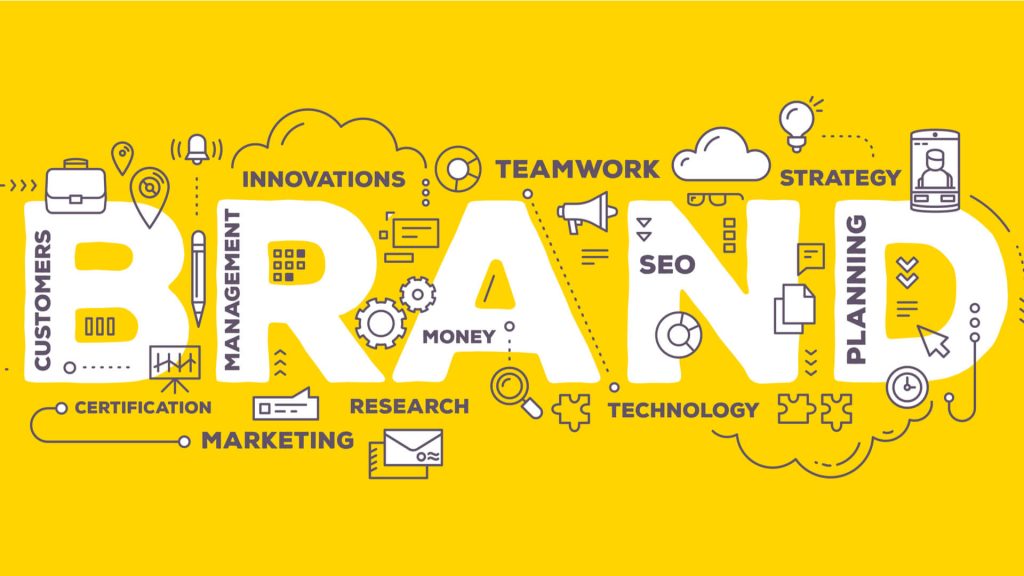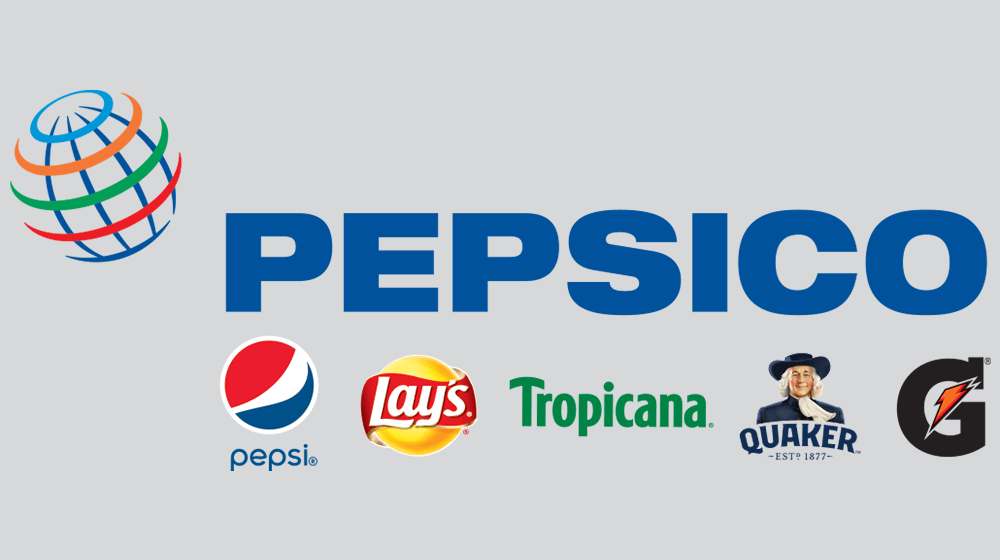The coronavirus pandemic has, in numerous methods, drastically changed consumer behavior. In-store shopping has actually dropped due to social distancing procedures, and many customers are rather selecting no-touch satisfaction and acquiring items online.
Once the pandemic passes, some shoppers will return to their previous buying habits as though nothing ever occurred. However numerous customers are forming new purchasing habits that will stick with them well into the future. Brands need to understand which of these brand-new behaviors will stick so they can better satisfy their customers’ requirements as the world begins getting back to “typical.”
Take grocery shopping, for example. Prior to the coronavirus crisis, a substantial portion of customers disliked going to the supermarket. For these customers, social distancing standards that encourage people to restrict their trips may have solidified this aversion.
Even as distancing standards end, the ease of eCommerce experiences will likely keep consumers shopping by doing this.
Why does this matter? If somebody’s grocer of choice does not continue to make online shopping offered or available after the pandemic, that individual will take his/her buying power to a grocery shop that does.
This must work as a cautionary tale to brands throughout all industries that have modified their methods of doing service throughout the COVID-19 crisis. While these modifications might appear short-lived at the moment, new habits are being formed and reinforced daily. Those habits won’t simply disappear when the pandemic improves, and there will be long-lasting consumer behaviors that brand names can not and ought to not disregard. After the pandemic, many brand names will not be able to return to their previous service designs and marketing methods abruptly. They’ll just stay strong if they continue to strengthen and reward these brand-new customer practices.
Rewarding customers in the new regular
Brands need to keep 2 broad classifications of customer rewards in mind when considering their post-pandemic organization strategies: tangible benefits and psychological rewards.
Tangible benefits are the extrinsic, physical, measurable advantages consumers enjoy from doing service with a company. Online grocery shopping, for circumstances, provides the tangible benefit of letting customers achieve their grocery shopping a lot more quickly than if they took the time to go to the shop and browse the aisles.
As you may think, psychological benefits concentrate on sensations– either a sense of achievement or a feeling of security that motivates customers to continue a specific behavior. These feelings are likewise the structure for strong, enduring bonds between customers and brands.
How to maintain the momentum
This pandemic is a highly psychological time for everyone, and brands are going above and beyond to relieve consumer tension and stress, and anxiety. However, to maintain this emotional connection, brands should continue to interact with the long-term psychological benefits of their offerings.
Shoppers might currently be delighted to avoid bacteria and conserve time by buying groceries online, but the biggest ongoing benefit for many people will be the emotional relief of preventing crowded supermarket completely. That is what brand names should harness and cultivate to preserve momentum in the months and years ahead. Here are three methods to do that:

- Meet needs now to form practices for the future
Specific businesses, such as at-home meal shipment services, have become more popular due to the fact that of the pandemic. But this success does not have to end simply due to the fact that stay-at-home orders are rising and customers are going back out into the world. Consumers are using products or services in these classifications in a manner that goes beyond necessity– they’ve concerned value their benefit and the tailored needs they meet.
For example, Blue Apron has the opportunity to use the recent push for at-home cooking kits long into the future, placing its product and service as a way to conserve individual’s time once they go back to their regular lives. The brand name has a chance to continue sharing how it can keep people safe and away from contact with the virus at grocery shops, however it can likewise become a beloved part of users’ lives.
- Produce experiences for consumers– they miss them
As humans, we yearn for connection. Seclusion has been challenging for lots of, and individuals are prepared to be back out worldwide with others. They miss dining out at restaurants or going to with buddies in bars. Takeout simply isn’t the very same. With organizations reopening and collecting locations allowing individuals to come together (albeit in minimal numbers), brands have the opportunity to provide experiences to consumers while still discovering ways to keep them safe.
Before preparing an occasion, note that most American customers are still distressed about public gatherings and activity. When you have a company understanding of those fears and that frame of mind, you can better plan experiences that will fill the desire for connection while actively working to focus on safety.
- Let research inform and move you
Most importantly, harness the power of understanding. While this is a moment of terrific opportunity for brands to continue constructing on the success they have discovered during the pandemic, it’s not a time to stop being tactical. Understanding consumers– who they are, what they feel, and what they need at this moment– need to be at the heart of whatever you do.
Make the effort to collect, examine, and use a research study to respond to these concerns prior to creating your brand messaging. Different brand names will require to take different techniques to link with clients at this minute, and it’s key to understand how individuals wish to utilize your service or products in addition to the messaging they most want to hear.
Looking forward, it will be important for a business to ensure its offerings and marketing messages line up with– and reward– consumers’ new buying practices and expectations. Brands that offer a healthy combination of concrete and emotional benefits will be finest placed to grow after COVID-19 subsides.
Retail has changed, and much of these modifications are here to remain. A business should get ready for a “new typical” rather of a “return to regular,” making it clear to consumers how their brands and items are essential today– and will remain necessary well into the future.















